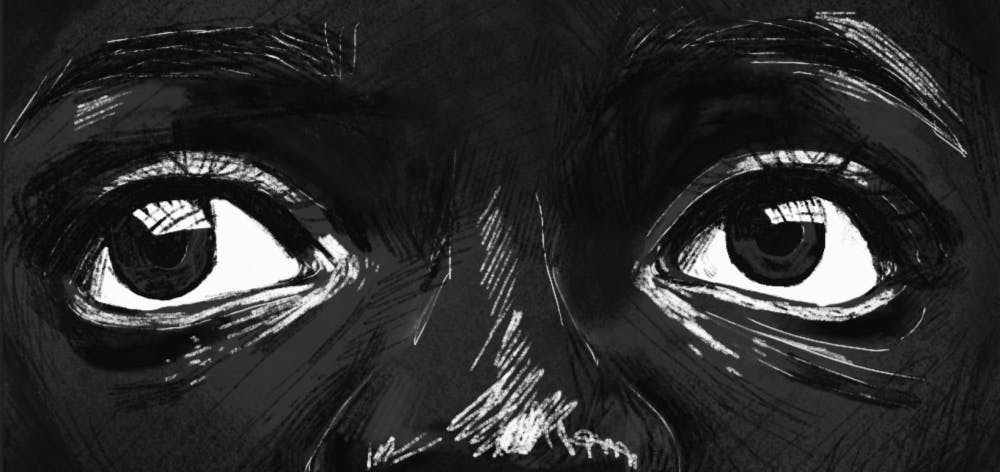Horror has always been treated as somewhat of a lesser genre. '90s and 2000’s horror, for example, is famously formulaic. At best, horror movies seemed like a way for the stars of teenybopper television to prove they could "act" with a capital A, and for studios to make a quick buck unfettered by the laws of good or logical cinema. Simply put, they epitomized the term “B–movie”.
But the latest additions to the genre have cast horror in a newer, slightly more twisted light. From Jordan Peele’s revelatory Get Out (and upcoming movie, Us) to Darren Aronofsky’s divisively thrilling Mother!, or Ari Aster's Hereditary, the genre has become more artful than ever before—horror has gotten its groove back.
Nothing illustrates the new path of the wayward genre better than Netflix’s Velvet Buzzsaw:,a misanthropic little critique of the art world that has all of horror’s typical tropes with the actual teeth to back it up. The film, which follows Morf Vandewalt (played by the ever–masterful Jake Gyllenhaal) is not only a campy romp through art’s dark side, but also a deeply funny and well–done take. Buzzsaw is neither the first nor the last of its kind: smaller films like It Follows and Hereditary have made a huge splash alongside much bigger budget horror flicks like A Quiet Place and It.
[Street reviewed Velvet Buzzsaw in Feb. of this year, calling it "horror at its most pretentious."]

And while it is clear that the horror genre has made a significant turnaround in recent years, its much less clear why and how. How are Hollywood’s elite—execs and directors alike— cashing in on what was largely a spurned production model until now? One possible answer may be Blumhouse Productions, the plucky underdog company behind cash–cow successes like Happy Death Day and Paranormal Activity that produces films with minuscule budgets to ensure financial success. It is entirely possible that horror’s resurgence is owed to companies like this which manage to bring in great content under budget that translate to larger profit margins. Paranormal Activity, the aforementioned cash–cow, was made for only $15,000 and grossed nearly $200 million in the box office, earning it's franchise status and solidifying its place in the American horror canon.
But even if money is the reason so many actually decent horror films have been released lately, what explains the fact that so many people are watching them? Maybe Marvel is to blame.
Seriously. Superhero movies have given audiences an unquenchable thirst for onscreen action. The massive profitability of action films has made the new cinema landscape impossible to navigate for some and untenable for others. For a while, the world of “good movies” was relatively two–note: there was the indie and then there was the blockbuster. But in a world increasingly obsessed with tentpoles and the phenomenon of fandom, those looking to make a splash have moved further and further away from the obviousness of the mainstream. Enter: horror. A genre so diametrically opposed to the generic, cast so far out of the mainstream, so disparaged by artists in general that there was nowhere left to go but up. It provides a space for upcoming filmmakers to create and innovate at a time when the mainstream is oversaturated.
So it’s not so much that horror is some newfangled thing we’re just beginning to appreciate. It’s more that horror has received a new lease on life from film execs and audiences alike: we finally want to watch all this ridiculous stuff go down on screen. Why? Because it’s what we’re accustomed to at this point.
Somehow, in the last decade, horror has become the genre that's sharpening our eye to society’s misgivings. It’s become the counterpoint to the mainstream instead of a watered down gorefest. Horror—rather than soapy indie drama—has become the place where new filmmakers are discovered. Instead of being a place where young starlets try to prove they can "act" with a capital A, horror is now a place for directors to prove they can "direct" with a capital D.







